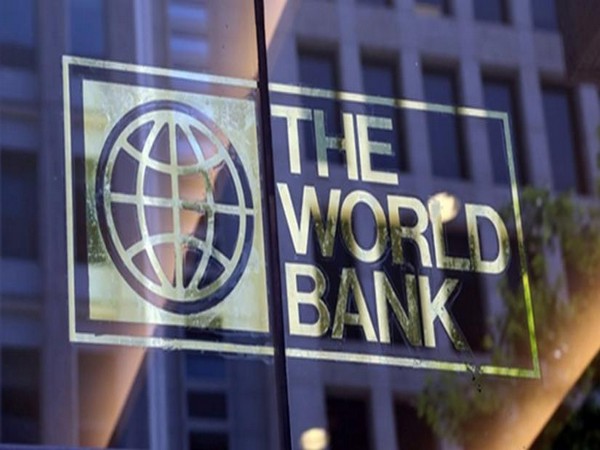South Asia's jobs creation lags population growth, says World Bank
In absolute terms, the region created an average of 10 million jobs a year when the working-age population was growing by an average of 19 million a year. The World Bank expects output growth in South Asia at 6-6.1% in the financial year ending March 31, 2025, largely due to strong growth in India where the economy is seen expanding at 6.6%.

Job creation in South Asian economies is not keeping pace with the rise in the working age population, putting the region on a path that risks "squandering its demographic dividend", the World Bank said on Tuesday.
"The danger is the demographic dividend is missed. Its squandered," Franziska Ohnsorge, World Bank Chief Economist for South Asia told Reuters. "If only they can be employed. It's a fantastic opportunity to grow but until recently employment ratios have been falling."
During the period between 2000-23, employment grew 1.7% a year while the working-age population expanded 1.9% a year, data included in the report showed. In absolute terms, the region created an average of 10 million jobs a year when the working-age population was growing by an average of 19 million a year.
The World Bank expects output growth in South Asia at 6-6.1% in the financial year ending March 31, 2025, largely due to strong growth in India where the economy is seen expanding at 6.6%. India's central bank forecasts stronger growth of 7% during this period.
In India, growth has rebounded strongly after the pandemic, driven by government spending and more recently the construction industry but private investment in the Asia's third-largest economy has remained weak, hurting job creation. Over 2000-22, the employment ratio in India declined more than any other South Asian country except Nepal, but preliminary data suggests a rebound in 2023 that partially reversed the earlier decline, said the World Bank.
"Overall, during 2000–23, employment growth was well below the average working-age population growth and the employment ratio declined." The World Bank, in its report, said South Asian nations need to address several policy weaknesses to accelerate job creation.
These include policies that encourage productive firms to hire workers, streamline labour and land market regulations and greater openness to international trade.
(This story has not been edited by Devdiscourse staff and is auto-generated from a syndicated feed.)
ALSO READ
Nepali Sibling Dispute Escalates to Tragedy in Vasai
India and Pakistan Gear Up for Epic Under-19 Asia Cup Clash
Supreme Infrastructure Partners with Brookfield for Asia’s Largest GCC in Mumbai
ED Cracks Down: Saumya Chaurasia in 14-Day Judicial Custody Over Alleged Liquor Scam
Drama Unfolds at AfrAsia Bank Mauritius Open as Sharma Battles Challenging Conditions










